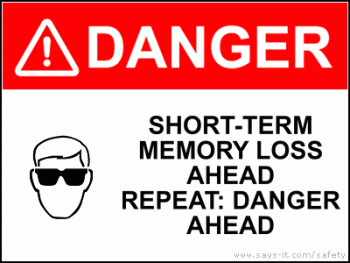Sigmund Freud and Orson Welles share a birthday of May 6. Of course, even if you believe in astrology, the fact that they were born in 1856 and 1915 respectively would mean different star charts. I saw the birthdays on an almanac site this past week and out of pure curiosity looked at their Taurus description. It said strong work ethics, reliability, and an appreciation of life’s pleasures. Not a bad description of them. My deeper thoughts went to considering if there were any connections they have around psychology, movies, or magic.

From what I read this week, Freud, the father of psychoanalysis, and Welles, a pioneering filmmaker, lived during about the same time. Freud died in 1939, so there was some overlap and certainly Freud’s influence ran through all of Welles’ life. Both were significant cultural figures of their time. They never met and didn’t seem to directly address each other’s work, so I’ll do it for them.
Some people know that Welles was an accomplished magician, and member of both the International Brotherhood of Magicians and the Society of American Magicians. He often did magic in his later year on TV talk shows. He never let his sleight-of-hand skills get rusty and joked that he might need them one day to make his living.
Freud wrote about magic in his essay “The Uncanny” where he explored the psychological concept of the uncanny. The word meant for him feelings of eeriness or discomfort caused by something familiar yet strange. He discussed how magic, particularly stage magic, can evoke feelings of the uncanny because it challenges our sense of reality and rationality, tapping into our subconscious desires and fears. Freud believed magic exploits our unconscious thoughts and desires, blurring the line between reality and illusion.
Those things are certainly part of all films from the earliest experiments that showed that a series of still images project could give give the illusion of fluid movement. Today’s movie magic involves complex illusions from green screens, CGI to AI-generated people and settings.
Welles was used to creating illusions on stage before his film career. I think of how in Shakespeare’s time they needed to do some stagecraft magic for ghosts and other manifestations of the bicameral mind. Did Hamlet see the ghost of his father? It seems the ghost was real and that others on guard duty also saw something, but maybe this hallucination of Hamlet, and also Macbeth, Julius Caesar, and Richard III were pre-Freudian use of psychology by Will.
Freud didn’t write much about movies, as they weren’t prevalent during his lifetime. However, he did write about the concept of “screen memories,” which are vivid but possibly distorted memories from childhood. The use of “screen” because the memories are visual is interesting. Some later scholars have drawn parallels between Freud’s ideas about screen memories and the experience of watching movies, suggesting that both involve a mix of reality and imagination. Additionally, Freud’s theories about the unconscious and dreams have influenced the interpretation of films, especially in the realm of psychoanalytic film theory.
I couldn’t find any direct quotes by Orson Welles about Freud, but several articles said that he expressed admiration for Freud’s work and was fascinated by psychoanalysis. There are certainly Freudian themes and ideas in some of his films. That’s not unusual since Freud’s influence can be seen in all the arts of that time.
Citizen Kane (1941) features complex characters and explores the depths of the human psyche. Its protagonist, Charles Foster Kane, is dissected psychologically through flashbacks and multiple perspectives. Kane’s relationships seem to often return to “screen memories” with his mother and his trauma could easily generate a paper on Oedipal conflict and the influence of early experiences on adult behavior.
Welles’ The Lady from Shanghai (1947) is film noir and Welles goes dark and deep into themes of obsession, desire, and betrayal. The characters of Michael and Elsa Bannister, involve psychological tensions and power struggles reminiscent of Freudian psychoanalysis.
1958’s Touch of Evil is another noir thriller about corruption, guilt, and the dark corners of the human psyche. Welles’ character, Hank Quinlan, embodies Freudian notions of the id gone out of control, with his unchecked impulses leading to destructive behavior.
What an interesting conversation over scotch and cigars I might have heard if the two of them had met for dinner, watched a movie, and let me join them.









